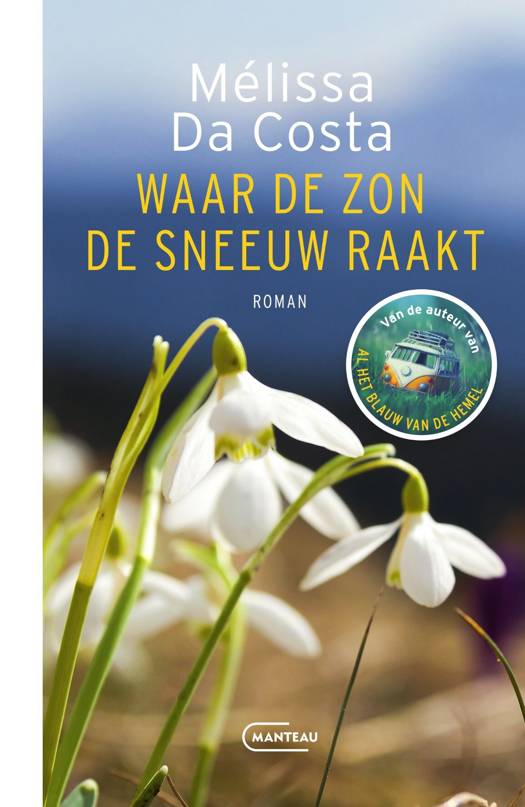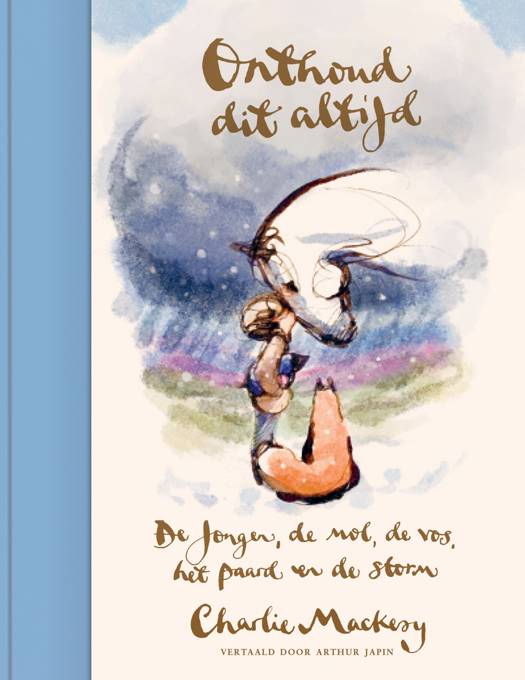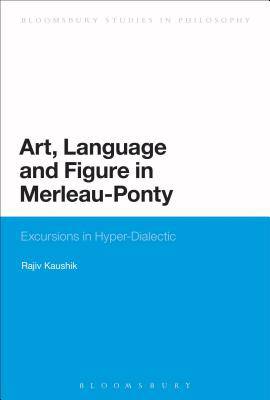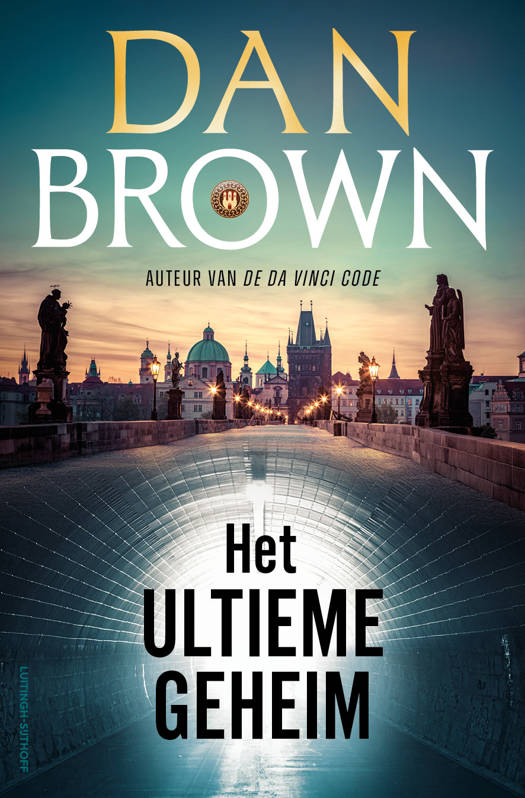
Je cadeautjes zeker op tijd in huis hebben voor de feestdagen? Kom langs in onze winkels en vind het perfecte geschenk!
- Afhalen na 1 uur in een winkel met voorraad
- Gratis thuislevering in België vanaf € 30
- Ruim aanbod met 7 miljoen producten
Je cadeautjes zeker op tijd in huis hebben voor de feestdagen? Kom langs in onze winkels en vind het perfecte geschenk!
- Afhalen na 1 uur in een winkel met voorraad
- Gratis thuislevering in België vanaf € 30
- Ruim aanbod met 7 miljoen producten
Zoeken
€ 88,45
+ 176 punten
Uitvoering
Omschrijving
Art, Language and Figure in Merleau-Ponty: Excursions in Hyper-Dialectic considers Merleau-Ponty's later ontology of language in the light of his +oefigured philosophy, +? which places the work of art at the centre of its investigation. Kaushik argues that, since for Merleau-Ponty the work of art actualizes a sensible ontology that would otherwise be invisible to the history of dialectics, it undermines the fundamental difference between being and linguistic structures.
Art, Language and Figure in Merleau-Ponty takes up the radical task of the figured philosophy to render sensible and linguistic spaces prior to the thought of their separation. Kaushik situates Merleau-Ponty's criticisms of Saussure's linguistic system, as well as a more general repudiation of the act of inscribing in favour of an abstracted textual meaning, in this context. Following the artists most important to Merleau-Ponty's own writings on art, such as Paul Klee and his fascination with hieroglyphics, and extending these analyses to more recent 21st Century artists such as Cy Twombly, Kaushik takes an excursion into the places where art and language, image and text, drawing and writing, figure and discourse, are interlaced in Merleau-Ponty's last ontology. In view of these intersections, Kaushik ultimately argues, the work of art gives us the spaces where the possibilities of philosophy, both past and future, reside. As the first sustained treatment into the relationship between art and language, this is an important contribution to Meleau-Ponty's philosophy and scholars of aesthetics.
Art, Language and Figure in Merleau-Ponty takes up the radical task of the figured philosophy to render sensible and linguistic spaces prior to the thought of their separation. Kaushik situates Merleau-Ponty's criticisms of Saussure's linguistic system, as well as a more general repudiation of the act of inscribing in favour of an abstracted textual meaning, in this context. Following the artists most important to Merleau-Ponty's own writings on art, such as Paul Klee and his fascination with hieroglyphics, and extending these analyses to more recent 21st Century artists such as Cy Twombly, Kaushik takes an excursion into the places where art and language, image and text, drawing and writing, figure and discourse, are interlaced in Merleau-Ponty's last ontology. In view of these intersections, Kaushik ultimately argues, the work of art gives us the spaces where the possibilities of philosophy, both past and future, reside. As the first sustained treatment into the relationship between art and language, this is an important contribution to Meleau-Ponty's philosophy and scholars of aesthetics.
Specificaties
Betrokkenen
- Auteur(s):
- Uitgeverij:
Inhoud
- Aantal bladzijden:
- 168
- Taal:
- Engels
- Reeks:
Eigenschappen
- Productcode (EAN):
- 9781474228589
- Verschijningsdatum:
- 26/03/2015
- Uitvoering:
- Paperback
- Formaat:
- Trade paperback (VS)
- Afmetingen:
- 156 mm x 234 mm
- Gewicht:
- 244 g
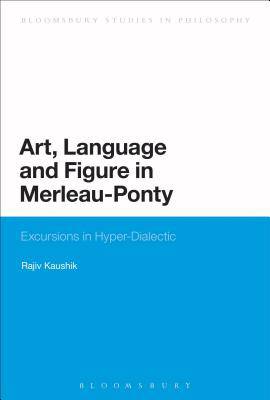
Alleen bij Standaard Boekhandel
+ 176 punten op je klantenkaart van Standaard Boekhandel
Beoordelingen
We publiceren alleen reviews die voldoen aan de voorwaarden voor reviews. Bekijk onze voorwaarden voor reviews.



